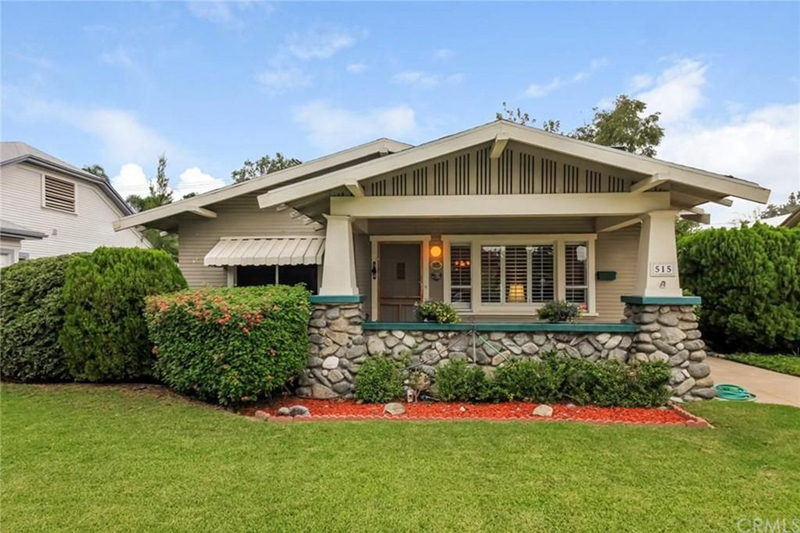Craftsman homes are the jewel boxes of old neighborhoods. Most of them were built at the beginning of the 20th century, and offer loads of charm and character – inside and out.
Boasting double-hung windows, large front porches, wood siding, and vibrant exterior paint colors, these turn-of-the-century homes continue to charm home buyers today.
If you’re thinking about purchasing a craftsman charmer, keep the following considerations in mind before you sign on the dotted line.
Toxic relationships
Bob Hatch of Bob Hatch Builds in Pasadena, CA has nearly 40 years of experience working with craftsman homes in the city’s historic “Bungalow Heaven” neighborhood. He says one of the main things to look out for in any historic home is old asbestos piping.
Asbestos was commonly used in houses built in the early 20th century, but is now known to cause cancer if the fibers are inhaled.
Discovering asbestos is a very common occurrence with an older home. You definitely want to have it removed by an expert to ensure that your home has clean air quality.
Another common toxic material you may find in a craftsman home is lead paint. The government banned the use of lead paint in 1978, but it’s likely that it’s still present on that vintage craftsman you’re thinking about purchasing.
Though lead paint isn’t dangerous if it’s in good condition, it can potentially cause lead poisoning if it’s chipped or damaged.
Call in an expert who can remove the paint safely per EPA standards. If the lead paint isn’t fixed properly, the homeowner could face up to a $32,000 fine. You definitely want to make sure you’re up to code.
What hides behind the walls
As we’ve all seen on renovation TV shows, older homes are often in need of an upgrade to the plumbing and/or electrical systems.
Old pipes can rust and cause a range of issues, from low water pressure to lead in drinking water, so it’s crucial that you modernize any old plumbing prior to moving into the home.
Replacing old electrical wiring is also critical because faulty, antiquated wiring can cause electrical fires.
Additionally, many craftsman homes may require insulation installation, chimney repairs, and making sure that the double-hung windows are in good working order, as they tend to stick.
Safe and sound – structurally speaking
As time goes by and the earth shifts underneath a house, it’s only natural that there would need to be some structural updating, and it’s no different for an old craftsman home.
“A lot of the craftsman homes [in Southern California] are on river rock foundations, which are not the best foundations, because you can’t bolt down to a river rock foundation,” Hatch warns. “A lot of insurance companies won’t insure with river rock.”
Also be sure that the large front porches (a common feature of craftsman homes) are secured in the ground. Check that the posts are bolted to the columns, and bury the posts so that the porch has structural integrity, Hatch recommends.

Don’t fall into a money pit
The competition for craftsman homes in some areas can be fierce, with prices ranging from $700,000 to over $1 million. However, even if you’re in a bidding war, it’s still important to make sure you’re not buying into a money pit.
“Get a thorough home inspection so a professional can call out any problems that maybe weren’t disclosed, and go from that point,” advises Hatch. “Ask yourself if you want to fix it, or do you want to deduct it from the price? The original owner has to fix it for safety’s sake or write it off the back end of the price.”
Once you determine that the house is a fair price, care for your craftsman home properly with regular maintenance and upgrades so that you can love it for many years to come.
After all of the renovations are done, call an inspection company after the first 20 years to ensure that everything is still in good working order.
See craftsman home design inspiration.
Related:
